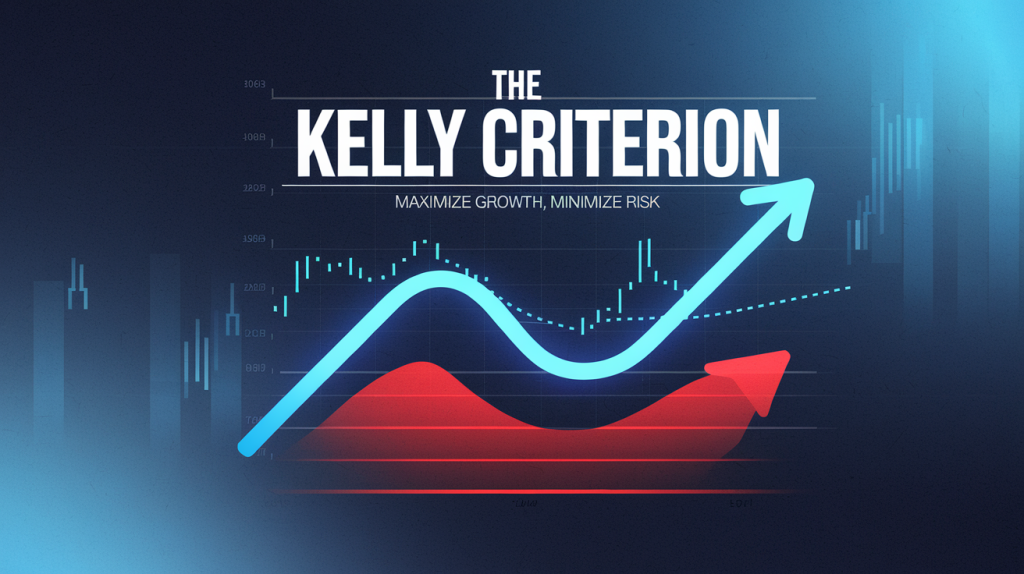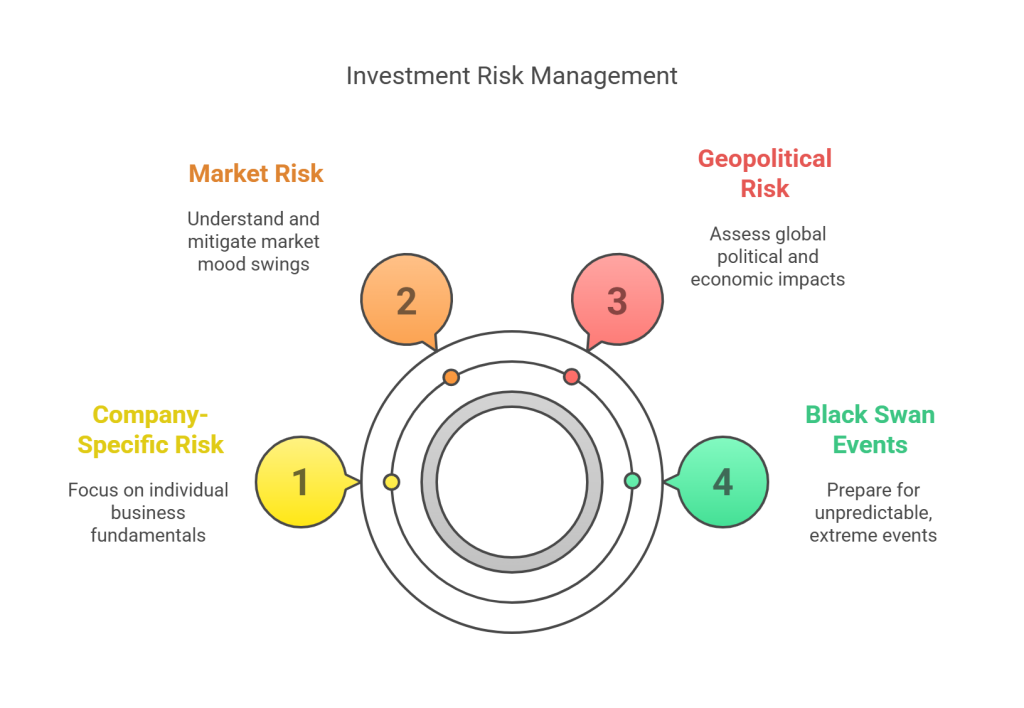
You’ve heard it before: “cut your losses and let your winners run.” But most investors can’t explain why that rule works. Beneath it lies a deeper logic, born from probability theory and refined by gamblers, traders, and long-term value investors alike.
In this article I talk about two competing philosophies, Martingale and Anti-Martingale, and then connect them to the Kelly Criterion and show how these principles guide every disciplined value investing process.
The Origins: From Roulette Tables to the Stock Market
Before we translate these ideas to investing, it helps to understand where they came from.
The Martingale strategy dates back to 18th-century France. It describes a simple betting system where you double down after every loss, assuming a win will eventually make you whole. The Anti-Martingale system flips this logic: increase your bet when you win, scale back when you lose.
Both strategies are simple to understand, but they diverge sharply in how they handle risk, survival, and compounding. Concepts every serious investor must master.
Martingale: The Illusion of Certainty
Most investors believe that persistence guarantees payoff. This is a trap.
A pure Martingale investor keeps adding to losing positions under the assumption that the market “must” revert. It works, until it doesn’t. The system collapses when a streak lasts longer than expected and wipes out the bankroll.
You may have heard the saying: “The market can remain irrational longer than you can remain solvent”.
In the market, this shows up as averaging down without limit, refusing to acknowledge that new information may have changed intrinsic value. Martingale thinking destroys capital because it assumes infinite liquidity and zero uncertainty, two things you never actually have.
Anti-Martingale: Aligning With Probabilities
Now let’s look at the system that actually survives and compounds.
The Anti-Martingale mindset does the opposite: you add to winners when your thesis proves right and reduce exposure when you’re wrong. In investing terms, you pyramid profits.
It’s how disciplined investors ride momentum within value. Once your fair-value estimate is confirmed by market action and improving fundamentals, adding capital aligns with probability, not ego. Anti-Martingale frameworks respect the only thing that matters, staying solvent long enough to compound.
A value investor may decide to break up a position entry into multiple tranches. For example, the investor may purchase a third of the target position size to start a position, another third when the confidence improves, and the final third may be purchased when the stock starts to show some upward momentum.
Enter the Kelly Criterion: Mathematics of the Anti-Martingale
We have talked about Kelly Criterion before, and indeed, we use this in our Inner Circle portfolio.
The Kelly Criterion formalizes the Anti-Martingale idea. It calculates the optimal fraction of capital to allocate to each position based on expected return and variance, ensuring the portfolio grows at the fastest rate possible without courting ruin.
In practice, value investors use Kelly logic when sizing positions by expected upside versus downside risk. The position grows as confidence in intrinsic value grows, exactly what an Anti-Martingale system prescribes.
However, there is a subtle tension between the two. Anti-Martingale suggests reducing exposure after losses and increasing it after wins, while the Kelly approach might argue the opposite when expected return improves as prices fall. The reconciliation lies in understanding that Kelly is driven by expected edge, not past outcomes. Anti-Martingale works best when wins and losses reveal new information about that edge, while in value investing, price movements alone may not. The way forward is to use Kelly sizing dynamically while applying Anti-Martingale behaviorally: reduce exposure when the thesis weakens, not merely when price declines.
This sounds complicated, and may feel like an impossible balancing act, but in practice it works out well if you remember to use Kelly Criterion to allocate positions, and Anti-Martingale as a philosophy to see your investments and risk with.
How Kelly, Rebalancing, and Value Investing Work Together
In a value portfolio, allocations drift as prices rise or fall. Rebalancing back to Kelly-optimal weights effectively applies Anti-Martingale logic. You trim winners when they approach fair value and add to undervalued stocks when the odds tilt in your favor. You are anti-martingaling the odds, so to speak.
Over time, this creates a growth-optimal portfolio that compounds faster and avoids catastrophic loss. It’s the math behind “buy low, sell high” when done systematically.
Why Value Investing Is the Ultimate Anti-Martingale Strategy
Let’s bring this all back to philosophy that separates an investor from a gambler.
Value investing is inherently Anti-Martingale. You commit capital when probabilities favor you (margin of safety), scale back when they don’t, and let proven ideas expand through compounding.
Every purchase below intrinsic value is a bet with positive expected return; every sale at fair value or above resets your bankroll for the next opportunity.
Wealth is Created when You Give Compounding a Long Runway. For that, You Need to Survive
Whether in a casino or in the markets, the endgame is always the same. Survive long enough to let the math of compounding work for you.
Martingale strategies promise fast recoveries but often end in ruin. Anti-Martingale systems, when combined with Kelly discipline and value reasoning, build wealth slowly, safely, and relentlessly.
The professional investor doesn’t seek excitement, he seeks longevity. In the end, that’s what every successful compounding story is: a story of grit and discipline and avoiding catastrophic losses.
Closing Thoughts
If you view investing as a series of probabilistic bets, your goal isn’t to win every hand, it’s to ensure that no single loss takes you out of the game. The Kelly Criterion gives you the math, Anti-Martingale gives you the process, and value investing gives you the philosophy to execute it. Together, they form the foundation of durable wealth.

Shailesh Kumar, MBA is the founder of Astute Investor’s Calculus, where he shares high-conviction small-cap value ideas, stock reports, and investing strategies.
His work has been featured in the New York Times and profiled on Wikipedia. He previously ran Value Stock Guide, one of the earliest value investing platforms online.
Subscribe to the Inner Circle to access premium stock reports and strategy insights.
Featured in:







